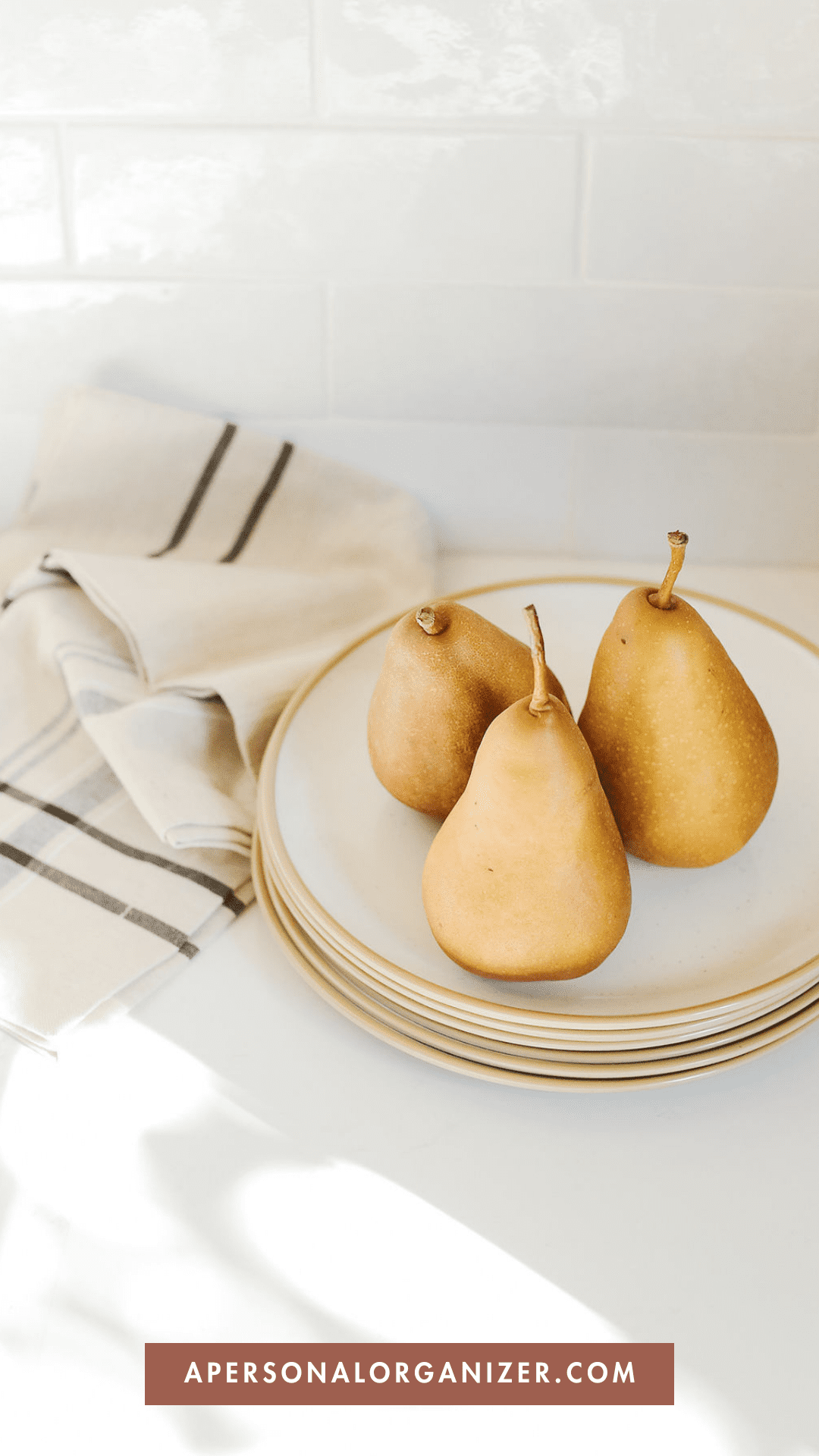Meal Planning: Organizing Your Menu & Grocery Shopping
Does it ever seem like the tasks of meal planning, grocery shopping, and meal preparation take far too much time? Do you feel like you live at the grocery store, always running to get that one thing you lack in a recipe or the main ingredient in what you spontaneously decided to have for dinner? You’re not alone – many of us feel overwhelmed by the tasks involved in meal preparation. And in the middle of all that, it’s supposed to be healthy, right?
To help you with this frustrating problem, here are some tips on menus and meal planning, and how to organize family meals so that everyone is eating healthily and you’re not exhausted all the time.

1. The Grocery Shopping List
You probably already have a grocery list – but is it organized? It can help if the list is laid out in the order that the store is organized. If the produce section is the first thing you see when you walk in, for instance, then “produce” should be the first category on your list. If you have to, make your first such list when you’re in the store itself if you have trouble remembering the layout.
I am terrible at reminding myself to use whatever coupon I may have saved, so I suggest you include coupon notices on your list, too. If you have a coupon for an item, mark it in some way (maybe put a “c” in a circle next to it on your list) so that you don’t forget.
Marking your coupons can be especially handy if you go to a store where you use electronic coupons that are loaded onto your shopping cart where you can’t see them. Another great option is to use a handy app like Flipp.
To get you started on your grocery shopping planning, download your printable here.
2. Kitchen Organization
It’s a good idea to get your kitchen organized. Few things waste time like hunting for items that you can’t find, and few things waste grocery money like buying something you forgot you already had. Keep things like salt, pepper, sugar, and condiments you use a lot within reach of the stove.
Canned goods can be kept in the same general area and organized according to type.
Pots, pans, and appliances that you use often can be stored on the countertop or cabinet near your working area, while less-used ones can go on higher shelves of the pantry or cabinets.
3. Preparing the Meal
When you make your meals, try reading your recipe from beginning to end, measuring out ingredients first, then mixing them. Multi-tasking can come in handy – boil pasta while preparing the salad, or microwave the potatoes while you’re grilling the chicken breasts.
I usually decide on what needs to be done first by checking how long something will take to cook. If my meatloaf takes about 50 to 60 min to bake, then I can peel, boil and mash the potatoes while it is in the oven. Once all the warm dishes are ready, then I can quickly prepare the salad.
Another idea for quick meal preparation is to use the oven for more than one thing, and I became a huge fan of using the oven when preparing dinner. With three boys and a hectic school and sports schedule, I love to find recipes with dishes that can be tweaked to accommodate a hotter or colder oven setting.
On one of my (many!) visits to the Chicago Botanic Garden, I found this fantastic book in their bookstore and together with my other go-to recipe book, it became a staple on my weekly meal planning time.
Make ahead whatever you can – chop vegetables and refrigerate them for use during the week, for instance, and make foods that can be used for other dishes during the week.
Bake a chicken on Monday night, for instance, and plan for chicken salad on Tuesday. Yesterday’s meal can be your made-ahead ingredient.
Having adequate storage containers will help you with this task. I like to use these glass, square, stackable, and easy to clean containers. They are perfect to go from the fridge to the oven, then to the dining table and back to the refrigerator with the left-overs.
4. Learning to Delegate
When you’re meal planning and working on your weekly or monthly menus, try to break down some of the meal preparation steps and see who else in the family can take over those tasks.
For instance, if you’re making burritos one night, then assign the grating of the cheese and shredding of the lettuce to one of your kids or your spouse; another family member can get the tortillas out, warmed and placed on plates; you can be responsible for browning the beef.
Breaking down meals into simple steps that can be shared helps a lot, and you’ll be teaching valuable life-skills to your children.
Finally, when planning my meals, I like to double my batches of basic recipes like meat sauce for pasta, hearty stews, lasagnas, soups, and beans. It’s great to have something handy to fall on when your schedule goes crazy or if you’re sick or just plain tired to cook.
Want a little help with your meal planning? Join the 10 Day Meal Planning Bootcamp!












